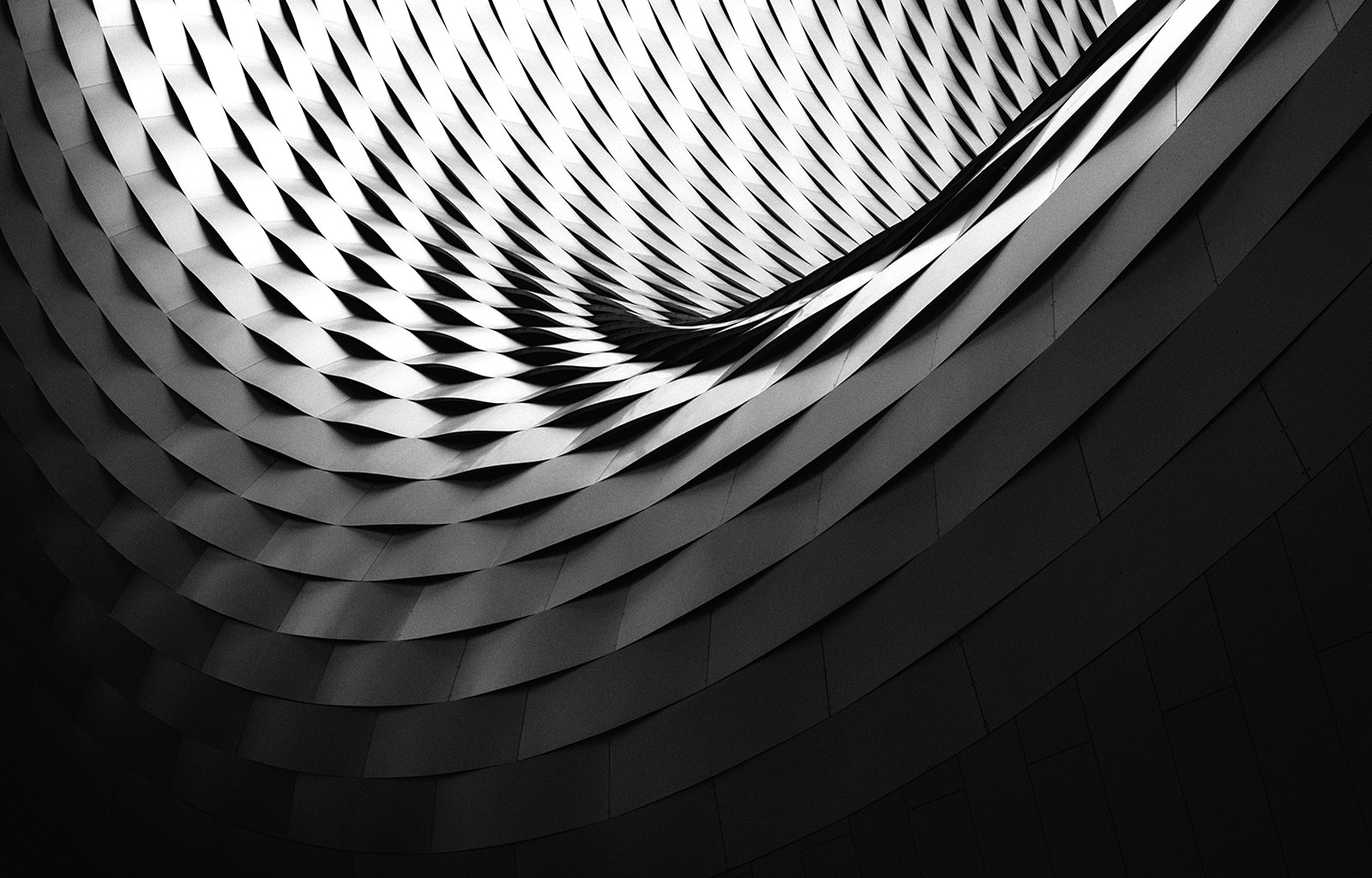Rhythm is a type of movement in drawing and painting. RHYTHM Rhythm is a type of movement in drawing and painting.

Rhythm In Photography Make Your Images Sing Picsofasia
Rhythm in photography describes repetition.

. Its the mid-action pause. Balance rhythm pattern emphasis contrast unity and movement form the foundation of visual arts. A movement in which some elements recurs regularly.
These elements can be in different relationships between each other they can be the all same similar or completely diverse. Why is rhythm important in photography. WAYS TO CAPTURE THE RHYTHM IN A PHOTOGRAPH 1.
MovementRhythm Movement adds excitement to your work by showing action and directing the viewers eye throughout the picture plane. Movement is actually a principle of art along with other principles such as proportion rhythm unity balance harmony etc. And photography is no exception.
There are exceptions such as long exposure shots which Ill discuss down below Images with movement tend to be very eye-catching for this reason. By making some points of the rhythm to appear closer you can actually reach some kind of leading rhythm that points toward your subject. Here are a couple of examples of capturing frozen movement Capturing the blurry abstract movementrhythm is a little tricky and might not be able to be achieved with your cell.
It is seen in repeating of shapes and colors. If youre thinking well thats just repetition or pattern in composition youre close but not quite right. Alternating lights and darks also give a.
Rhythm in photos leads the eye. Much like rhythm in music rhythm in photography brings structure and stability to the images. Repetition can come across in two ways as either a rhythm or a pattern.
Alternating lights and darks also give a sense of rhythm. Movement in photography is one of the ways to create interest and engagement with your photos. Or it can quicken the pace as your eyes move over the image.
Rhythm in Photography. Without movement wheres the life. Visual rhythm in photography is the beating heart of the imagery.
It is something that can be used perfectly in the photography and specially in the street photography. The surface of the photo. When photographers talk about movement in an image they often refer to the rhythmic effect of some visual element that repeats itself for example people standing in a line or a row of birds sitting on the branch of a tree.
Is the path the viewers eye takes through the artwork often to a focal area. Rhythm- the repetition of visual movement- colors shapes or lines. In photography visual rhythm is shown by repeating elements in the image.
Shaped by the principles of art and design movement is the path the eyes travel around an image. The combination of different shades or colors also creates rhythm in an image. Photo by Drew Graham on Unsplash Conclusion.
Rhythm Murray Park Photography. Rhythm represents an easy movement of the viewers eyes following a regular arrangement or reproduction of elements in photography. With practice rhythm movement and subtle change can become potent tools for creating soulful beauty photographs and portraits.
Successful designs usually vary the rhythm or the design can become predictable and boring. Or interchange or build up. You can create alternate sequences break it alternate it and so on.
Variety is essential to keep rhythms exciting and active and to avoid monotony. In this task you need to create a 4. 4 types of visual rhythm in photography and how to create maximum impact Rhythm a critical component of music dance and poetry is also a quality of great significance in the visual arts.
Hair flying arms flailing dust kicking waves crashing. Yes visual rhythm works like repetition and pattern in that it attracts he eye and encourages it. Perhaps the most obvious type of movement in photography suspended movement illustrates one of the cameras most remarkable attributes.
In the photography sphere it refers to the dependence between the subject and the cameras shutter speed. For design and art movement characterizes the path of the viewers eye when heshe observes and tries to understand a shot. Like a dance it will have a flow of objects that will seem to be like the beat of music.
Repeating patterns and motifs can have a similar rhythmic feeling. Rhythm may affect the quality of the viewing experience for your audience and help to draw and keep the eye within the frame. Even though its just a still photo a sense of movement allows people to fill.
A movement in which some elements recurs regularly. In visual arts rhythm is a motion of elements that repeat themselves. The seven principles of art and design in photography.
Movement in photography is usually capturing some sort of actual movement. Rhythm in photography is essentially using repeated patterns in the image. Rhythm is bound by space ie.
From an imaginary axis place the same shape on both sides of the image. Rhythm is to do with movement of the eye across a picture whilst a. Integrating these principles into your photography compositions contributes to a more eye-pleasing emotive image.
What is rhythm and movement in photography. Rhythm photography has elements that. They drag the viewer into the frame and force the eye to glide along.
The ability to freeze a literal split second to capture details imperceptible to the human eye. This predictability in rhythm or tempo is achieved by the way in which elements are arranged in a composition elements form a pattern that flows smoothly winding up the edges of the frame. Or maybe something a little romantic through the use of slow rhythmic movement.
It can be directed along lines edges shapes and color. By moving and tilting your camera you can actually turn a simple rhythm into progressive one. Movement is one of the seven principles of design photography.
Rhythm can create a sense of order and a sense of movement. Rhythm is more closely related to abstract art but in photography would be capturing blurs of light or color. It is seen in repeating of shapes and colors.
Movement is closely tied to rhythm. The rhythm in photography strongly structures an image. These are just a few examples of how rhythm movement and subtle change can be applied to.
Photo by Denis Sokol. It gives the image dynamic strength. Photographers may use repeating patterns or objects as part of their composition.
As an example of rhythm a photographer can compose a photograph of a forest to show tree trunks as alternating thick vertical lines of light and dark colors. As I explained above movement creates a sense of dynamism intensity and urgency. The rhythm can hold the viewers gaze to a steady beat.
Radial rhythm SYMMETRIC RHYTHM. Stock Photo of Stadium Seats. Why Should You Include Movement in Your Photography.

Rhythm Principle Of Design Photography Principles Of Design Dey Principles Of Design Principles Of Design Movement Elements And Principles

Rhythm Movement Photography Contests Line Photography Movement Photography

Rhythm In Photography Composition About Photography Blog
Photographic Psychology Image And Psyche

Rhythm In Photography Make Your Images Sing Picsofasia
Principles Of Design Blake Mrs Cook S Art Class

Photography Movement And Rhythm 1600x1024 Wallpaper Teahub Io

0 comments
Post a Comment